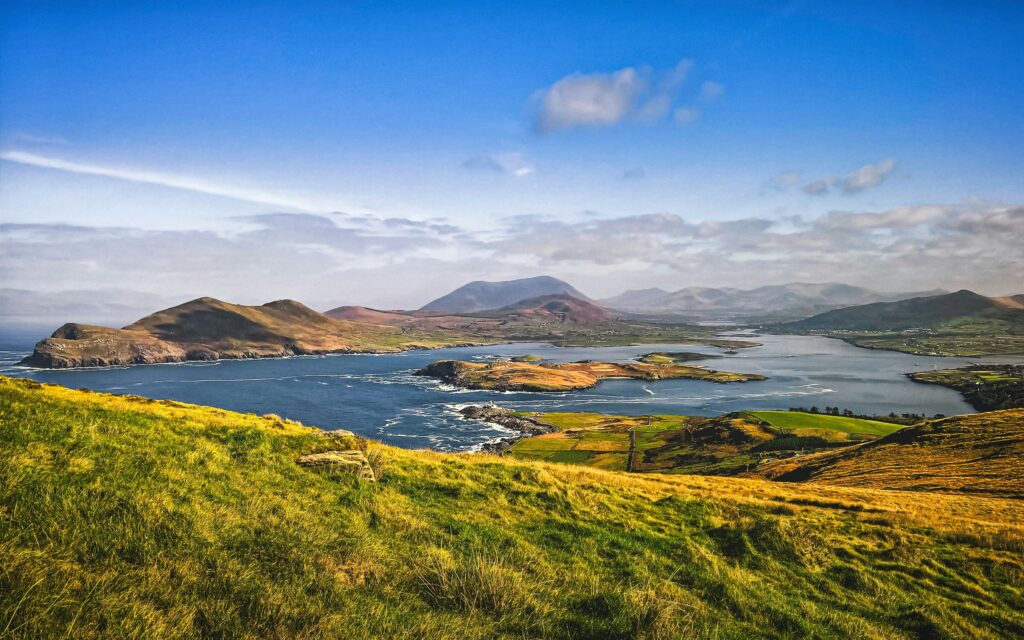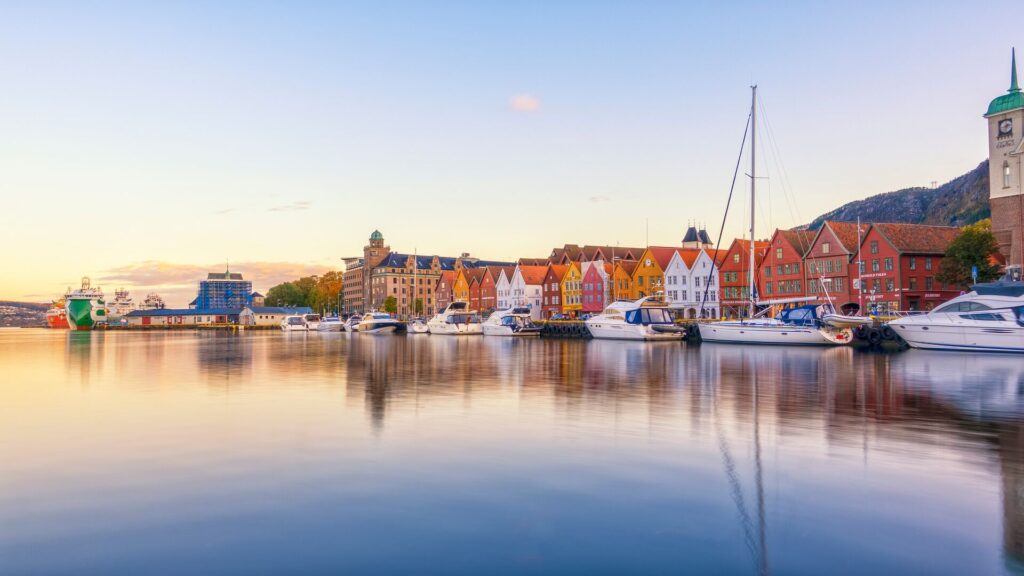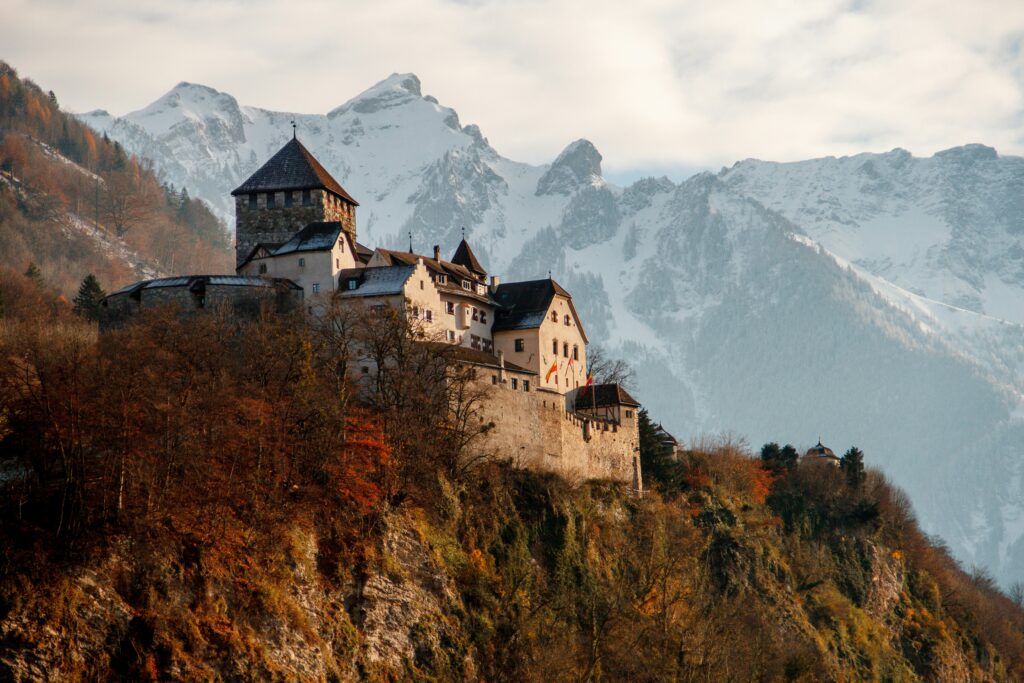In Sicily, You’re Served Italy’s History on a Plate
Ruled by many of Europe’s most famous empires, Sicily is a showpiece for Italy’s history. You can admire the architecture, cities and monuments, but the real way to embrace this charming island’s past is to taste it.

Travel Director Elena, this week’s Insightful destination expert, takes us on a culinary journey to find out how Sicily’s multitude of ruling cultures – from the Phoenicians through to the Greeks, the Arabs, the Normans, the Spanish and the Romans – along with Mount Etna’s fertile soil, has formed one of the world richest and most refined cuisines. Taste it for yourself on our 7-day Sicily in Depth tour, which includes stops in Palermo, Cefalu and Syracuse. Or, join one of our Italy and Sicily tours to explore more Italian dishes on the mainland.
Elena also inspired this week’s Insightful Travel Trivia questions, some clues to which are in this blog.
For travel inspiration: Italy destination guide
Sicily: a country in miniature
“I grew up in Sorrento, also in Southern Italy,” Elena tells us. “When I had my first visit to Sicily, after university, I had this sensation that Sicily could be a country in itself. It’s got everything and is very complete. The food, the art, the weather, the beaches. The people are vibrant and extroverted. I’ve lived here in Sicily for over 10 years now and I love it.”
Big on wow-factor
“When you come to Sicily you immediately perceive its Greek heritage, its Arabic heritage and of course the Spanish domination. These three are the main historical influences that you can visibly see across the island,” Elena explains.
“As you travel around you see and feel all the different influences, it’s impressive. They say when travelling you are looking for the wow factor – In Sicily from all corners, from all the different historical and artistic periods, you can get the big wow factors.
Discover this on: Grand Italy & Sicily
Read more about this tour: Insight’s Ultimate Foodie Itinerary For an Idyllic Italian Escape
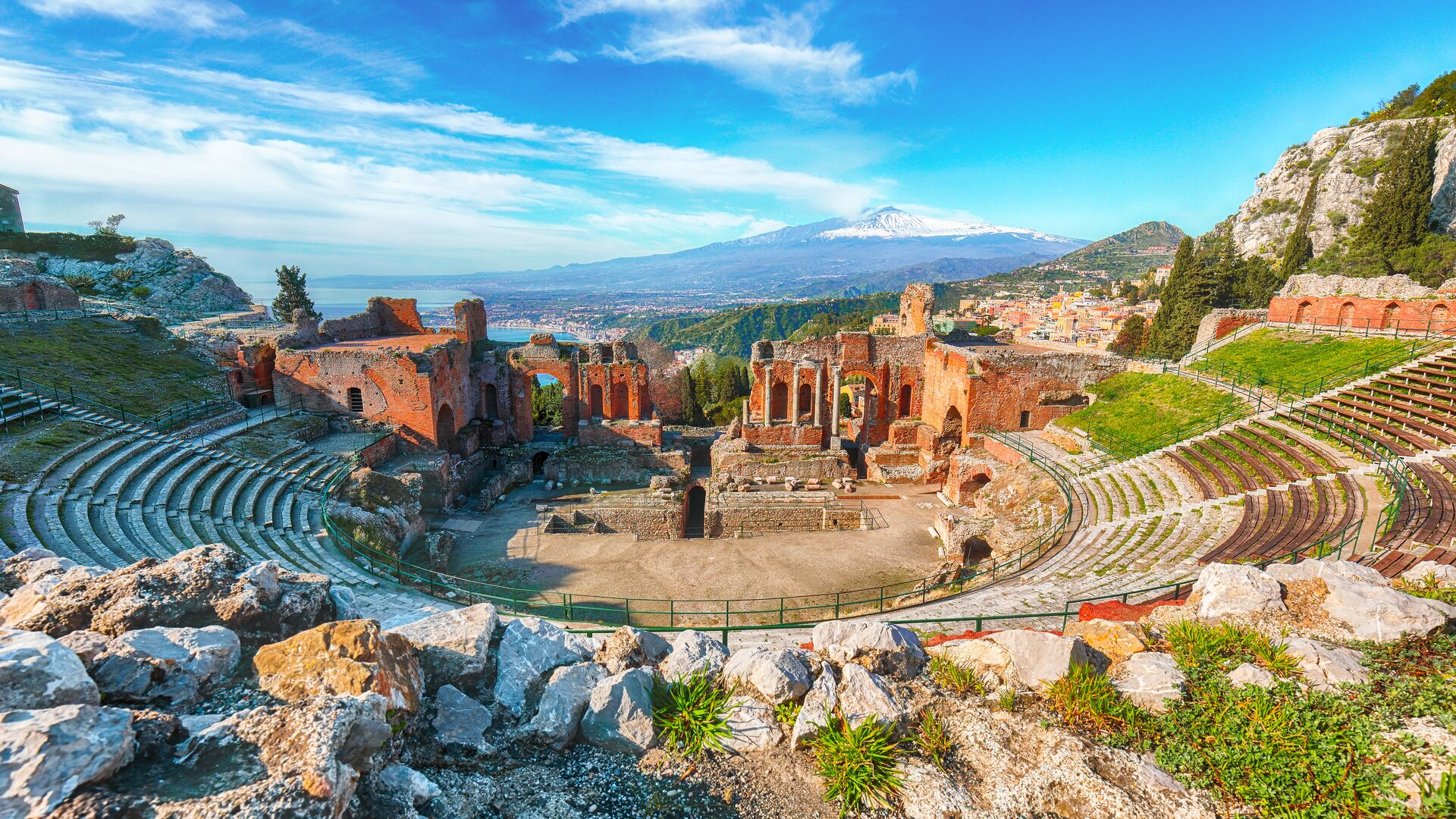
The Greek theater in Taormina is particularly magical because it was built looking out to sea
DISCOVER MORE ON
So many Greek temples
“I always say, you don’t really need to go to Greece to see Greek temples. The Greeks play a strong part in Italy’s history, and we’ve got plenty of temples in Sicily,” Elena tells us. The first Greek settlers arrived in the 8th century BC and dominated the island for 500 years until the Roman conquest. An impressive testament to this time, some of the best-preserved Greek ruins outside of Greece are in Sicily.
“Perhaps most famous are in the Valley of the Temples in Agrigento. Here you can see almost perfect standing temples, remarkably well preserved. We’ve also got the Greek theater in Taormina and the temples in Selinunte, which is rather magical because they are built looking out to sea.”
You may also enjoy: Fascinating Sicilian history to discover in the ancient town of Taormina
Greek cuisine, culture and imports
“It was with the Greeks that nourishment started to become more a search for taste rather than just to satisfy your needs,” she tells us. “People started to sit down together for social meals, a ceremony which is still very important for Sicilians, and indeed all Italians, today. It was also the Greeks that started to accompany meals with a glass of wine.
“The Greeks imported olives, cheeses and lots of fresh greens. Octopus and squid dishes are also Sicilian culinary traditions that started with the Greek colonists.” The Sicilians still use the Greek method of fishing Octopi, by dangling lanterns over the water. The octopi come up to the surface, drawn to the light.
“Did you know that Sicily’s street food culture started with the Greeks? It was typical for them to walk around these thermopolia where it was possible to pick up fried dishes (thermopolium meaning literally ‘a place where something hot is sold’). They would eat boiled vegetables, offal and fried fish, just like you can still do today in a typical market or a backstreet of Palermo.”
Discover this on: Sicily in Depth
Bookmark for later: This little-known Greek island is an archaeological wonderland
The Arabic influence
“The Arabic domination radically changed the habits of the Sicilians and lasted for about 250 years,” says Elena. “They influenced the dialect, the architecture, the layout of the cities and the traditions. But where the revolution in Italy’s history really happened was in the cuisine.”
“It’s the Arabic domination that made the Sicilian cuisine one of the richest and most refined cuisines of the world. They imported rice, couscous, pasta, courgettes and eggplants. Plus, incredible spices including cloves, saffron and cinnamon, and almonds, pistachios and raisins. This brought into Italian dishes the sweet and savory flavor combinations for which most Sicilian recipes are renowned.”
“They were also incredible in their patisserie,” continues Elana. “We have the famous Cassata siciliana, made with ricotta, which was already present in Sicily. However, it was the Arabs that added candied fruits and the almond paste to cover the cake, giving it its richness.
A must read for foodies: What’s so special about Sicilian cuisine? Everything, says Travel Director Mark
My favourite dish? Fish couscous
“My favorite dish, fish couscous, belongs to the Arabic age,” Elena says. “The Arabs imported couscous and when the Sicilians started making this dish, what they had at their disposal was a lot of fish.
“Here in western Sicily, it’s traditionally prepared for a big celebration. The couscous is steamed in a special container with the fish broth below. When it’s ready, you will use the broth, the fish soup and the couscous. There are lots of essences in it and it is really delicious. It’s probably the most famous dish on the western side of the island, and definitely one to try in Trapani or Palermo.”
For an immersive journey into Sicily’s Arab heritage, a visit to Palermo, Monreale or Cefalù is highly recommended. As you step into the heart of Palermo’s historic centre, you’ll be transported to what feels like a North African Medina. Lose yourself amongst the ancient city walls and network of narrow, labyrinthine streets. The Palatine Chapel in the Norman Palace is also a great place to see outstanding mosaics from this time.
Discover this on: Country Roads of Southern Italy & Sicily
You may be interested enjoy: 12 months, 12 unmissable destinations: the best places to travel in 2024
SAVE UP TO $2,000 PER COUPLE* ON YOUR FIRST PREMIUM TOUR.
Plus receive latest offers, travel inspiration, and discover how your travels will make a positive impact. Together, WE MAKE TRAVEL MATTER®. Subscribe NowThe Golden Age of Sicilian cuisine
“The Arabic domination was followed by the Normans (1130 – 1194)” says Elena. “They inherited all that the Arabs had brought into the country and didn’t go against it. That’s why we can still admire so much Arabic architecture.”
The Norman invasion gave rise to Sicily’s ‘Golden Age’, a period in Italy’s history where a variety of cultures lived together in harmony and Muslims, Jews, Christians and Byzantines all had a place in society.
“The Normans brought Sicily back under a more European influence. With their northerly barbarian origins, what they brought into the Sicilian cuisine and Italian dishes was fish. In particular cod fish and herring, and they taught the Sicilians how to smoke and salt the fish.
“The breading of food was also introduced by the Normans. In particular, they started breading the Arancini rice balls, another icon of traditional Sicilian street food. The Arabs had introduced the rice – flavoured with saffron, they would make the ball in the palm of their hand. But it was the Normans that started to bread the rice. This meant it could keep longer and it was easier to transport and so that’s how we have many dishes today that are breaded.”
Bookmark for later: How to discover Sicily’s history and culture, up close and personal
Healthy eating and the introduction of herbs
Considered by some an extension of Norman rule, under the Swabians Sicily changed greatly. This denotes the period during which Sicily was ruled by the Hohenstaufen dynasty, from 1194 to 1266. Of note for his impact on cuisine, Frederick II, Duke of Swabia from 1090 – 1147, was known for his food treaty – Regola Sanitaria Salernitana.
“Frederick was a great emperor in Italy’s history who wasn’t too concerned about the pleasures of the table,” explains Elena. “He wanted to make sure that food was healthy. So, with him started the idea that a man is what he eats and under his reign a culinary treaty was written.
“The treaty suggested that fresh meat and fish should be eaten regularly along with vegetables. And in the place of the spices that probably were more difficult to digest, he proposed to a lot of aromatic herbs. And so that’s how parsley, basil and all these aromas started to be introduced, to accompany all the different meat and fish dishes.”
Discover this on: Southern Italy, Sicily & Malta
You may be interested to learn: Food tourism is taking over the world. Get a bite of the action.
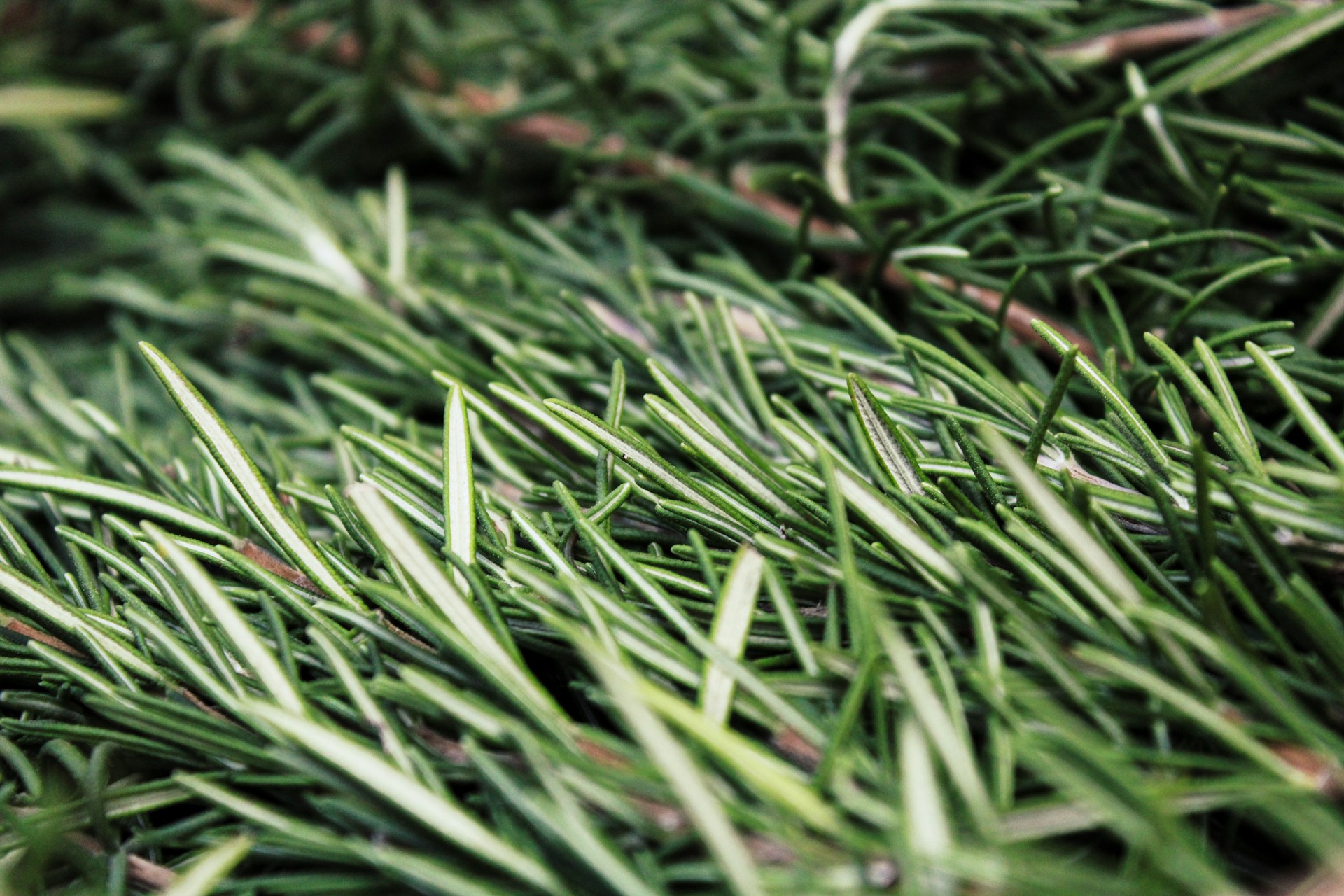
Sicilians still use the Greek method of fishing Octopi, by dangling lanterns over the water. The octopi come up to the surface, drawn to the light.
A taste of the New World
“The Spanish ruled for several centuries in Sicily and southern Italy, and they brought all the products that were coming from the new land, from the Americas. This included tomatoes, potatoes, vanilla and chocolate, now a staple of so many Italian dishes.
They also brought the Spanish cake, pan di Spagna. This introduced the sponge to the aforementioned cassata siciliana, to make it as delicious as it is today.”
Plan your next trip: Revealed: where our global travel experts want to visit in 2024
An architectural crossroads
“The Spanish started to build these beautiful palaces for their noblemen” says Elena. “In Taormina in the main square you see the Palazzo Corvaja, which is a typical example. We also have lots of palaces around Palermo.
Here you can also see the Quattro Canti (Four Corners) a fascinating crossroads showcasing Spanish architectural influences, where Via Maqueda, Corso Vittorio Emanuele, Via Roma, and Via Ruggero Settimo meet.
“Outside of the city you can see many baglios – historical fortified farmhouses. These feature an internal courtyard, so it was all closed without any openings on the outside. These were built by noblemen to have better control of the land. Nowadays these baglios are often open to the public, as eateries or for wine tastings.”
You may also enjoy reading: Castles and conquistadors: discover two of Spain’s most cultural cities
A dash of refinement from the French
“The last domination was the Bourbons who had this French element,” says Elena. “They brought into the cuisine something more refined, so any simple peasant dish became enriched and elevated.
“Through all the Sicilian dishes you can see how its history has developed and evolved during the centuries. In fact, it’s extremely difficult to just to summarize, there’s so much to learn and taste!
If you’re inspired to learn more about Italy’s history and taste the sensational cuisine for yourself, take a look at our collection of premium tours.
And while you browse, take a moment to play Insightful Travel Trivia. Test your worldly knowledge against our experts, to win great travel prizes.
LIKED THIS POST? SHARE WITH YOUR COMMUNITY


